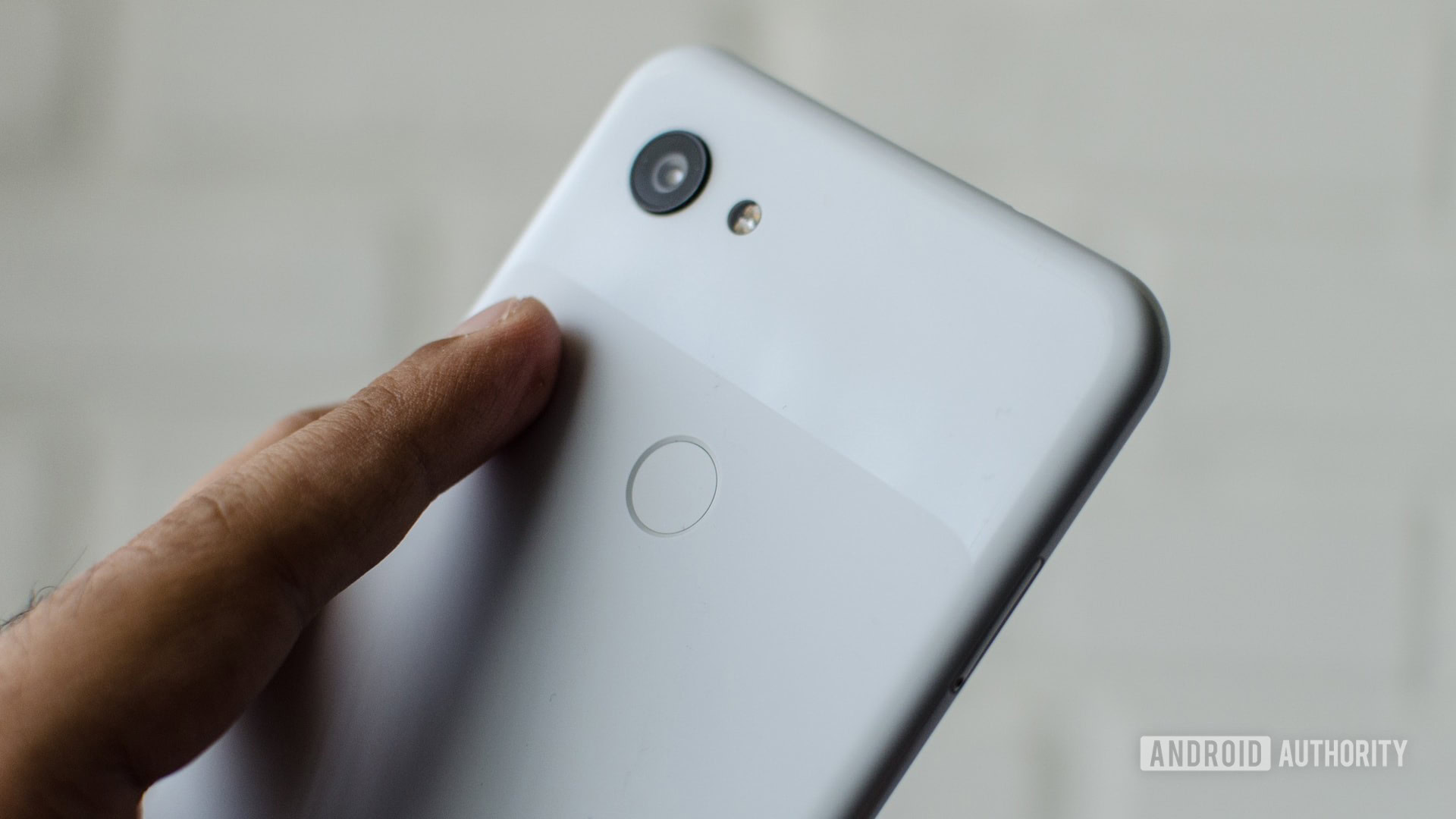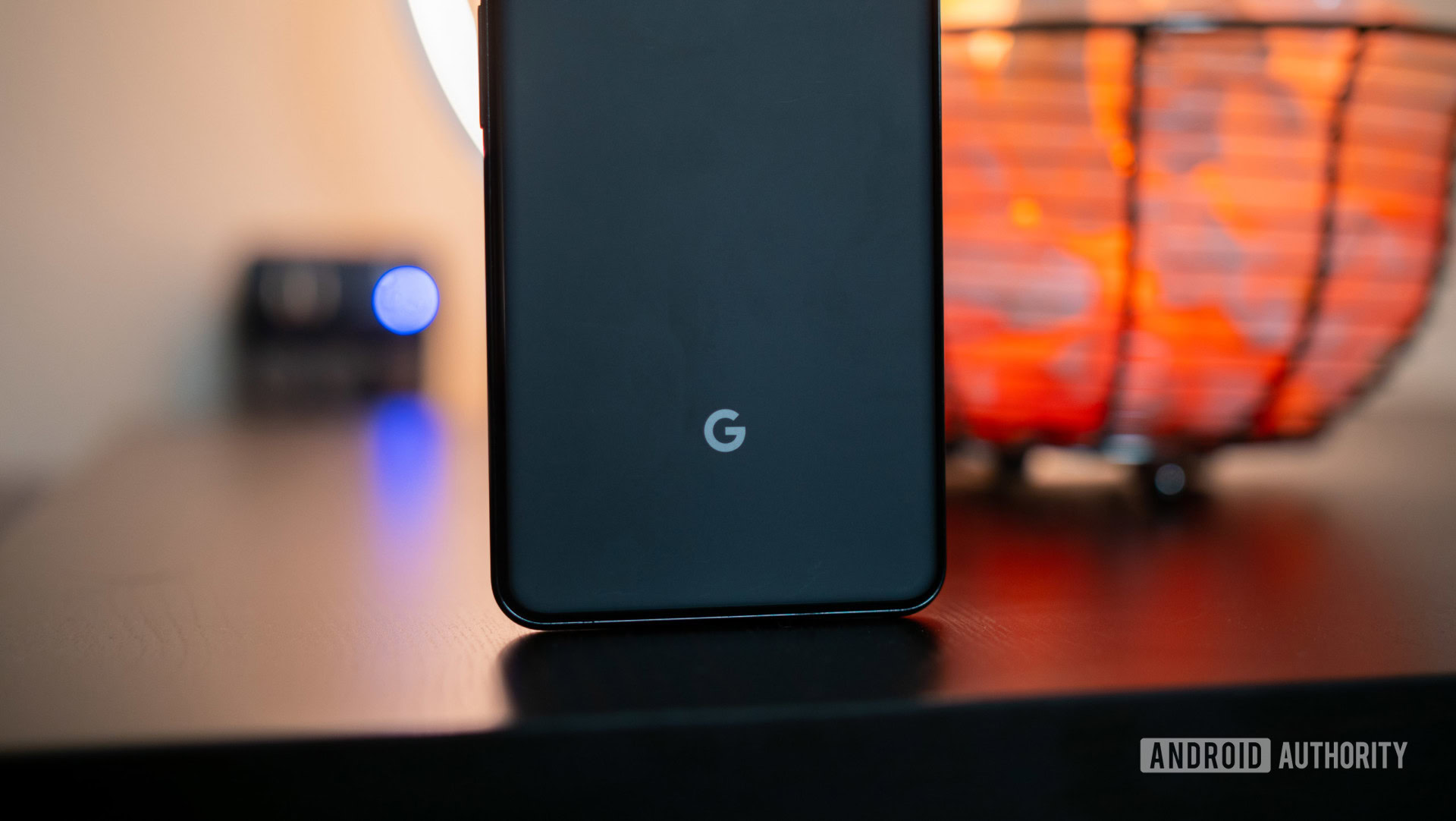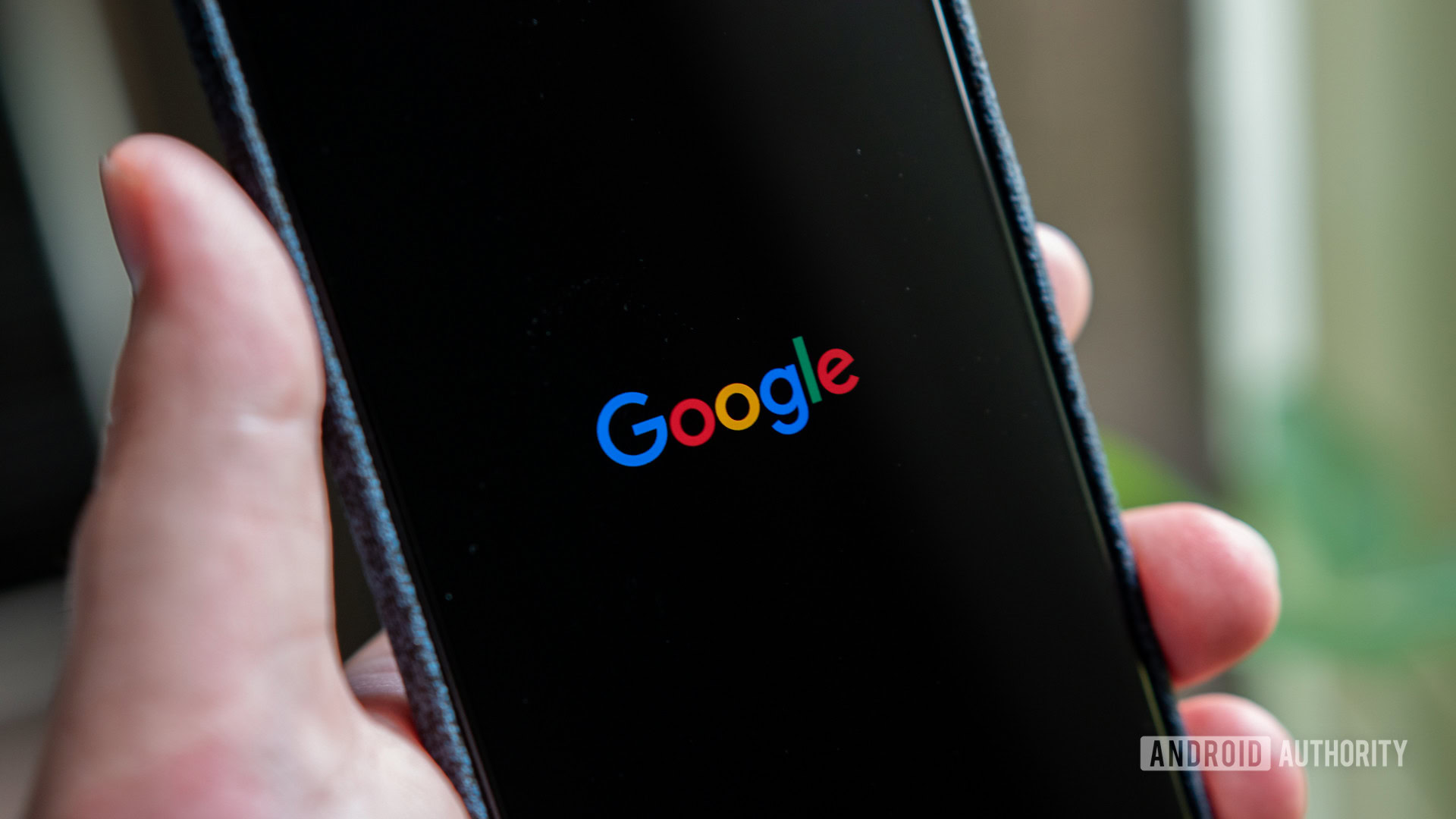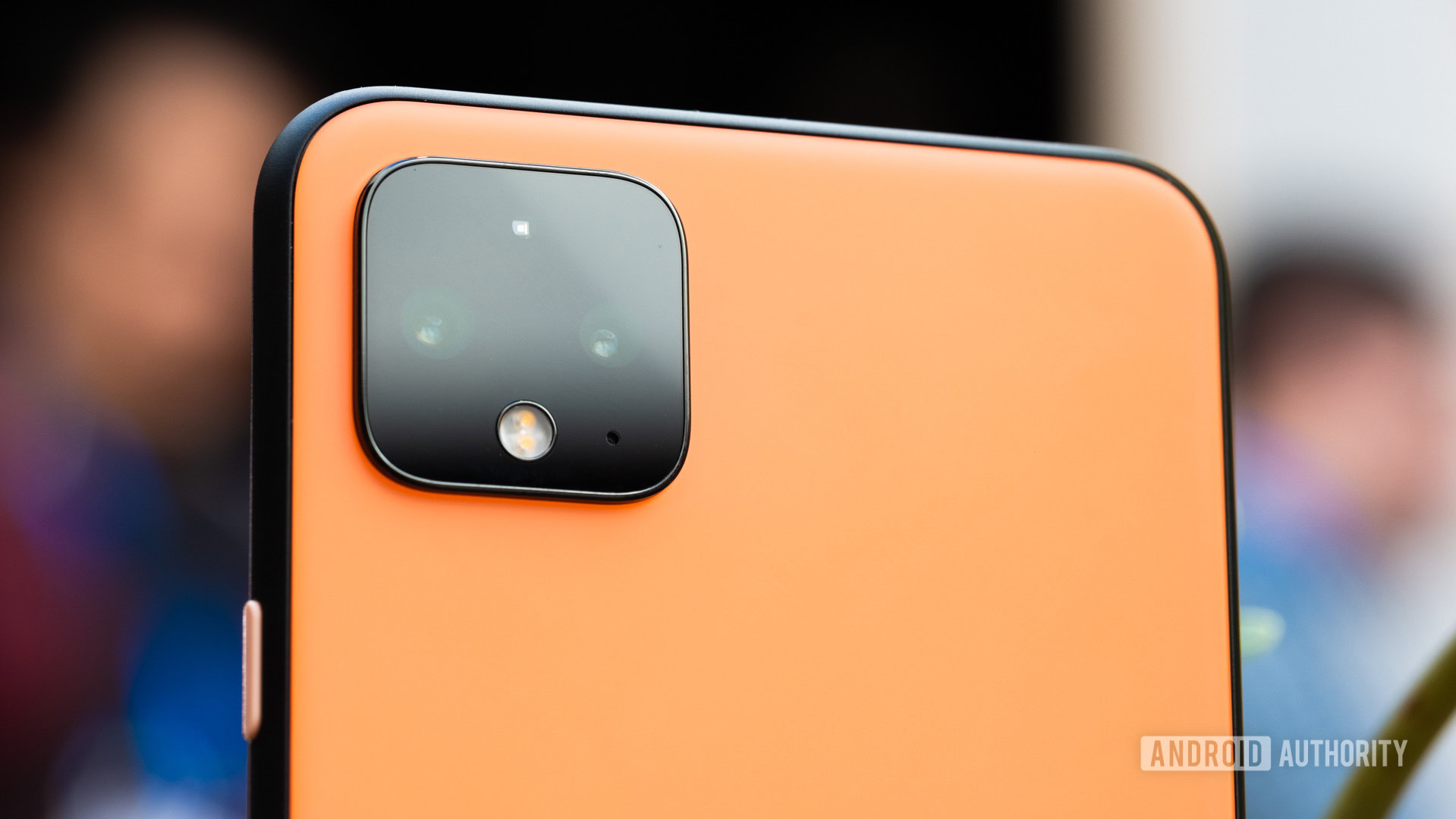Affiliate links on Android Authority may earn us a commission. Learn more.
Can the Pixel 4 reclaim the crown as the benchmark Android phone?
September 25, 2019

Android enthusiasts stand by their Google Pixels as the best the ecosystem has to offer, much like Nexus fans did before them. Fast updates, bloat-free software, and a solid camera are everything you should ever want or need from a smartphone — or so many fans say. However, the company’s latest smartphones haven’t offered me, or many others, much of a wow factor.
Of course, the latest Google Pixel 3a range isn’t designed to offer every available bell and whistle. But the Pixel 3 didn’t exactly set the industry on fire either. In fact, Google appears to be following rather than leading the mobile industry, at least on a hardware front. By what, if any metrics, can anyone consider the Pixel as the benchmark for Android devices?
Is the Pixel the best at anything?
We run extensive tests as part of our review process, allowing us to assess the very best Android smartphones across a range of criteria. We score devices on a number of metrics, and if the Pixel series really is a market leader then it should appear near the top of at least some of our results.
Google releases its Pixel series in the second half of the year, rather than in the rush of new devices early in the year. This puts the Pixel in a difficult position. It should ideally be more impressive than devices that launched earlier in the year and also needs some element of future-proofing to keep it relevant when new flagships arrive in just a few months time. This makes evaluating the Pixel a little tricky, so let’s stack the Pixel 3 XL up against both sets of releases.
Across our objective testing suite, the Google Pixel 3 XL fails to beat any of the major flagship releases that came just before it or after it. The handset notably lags behind the competition in both battery life and performance, two key metrics that many consumers care about in a high-end purchase.
The phone is also rather thrifty on RAM and flash memory storage capacities compared to its rivals. 4GB RAM and 128GB max storage are rather pitiful when other flagships offer up to a terabyte. Let’s not forget Google spearheaded the death of the much-loved microSD card and headphone jack. The Pixel 3 doesn’t exactly cater to most user needs and demands from expensive hardware.
Let's not forget, Google spearheaded the death of the much-loved microSD card and headphone jack.
To its credit, the Google Pixel 3 XL offers a decent display that rivals the best in the business. It also delivers a reasonably good audio experience, despite its unbalanced front-facing speakers and missing headphone jack. But even here it never quite takes the title of best in class. The Pixel 3 XL is a decent all-rounder, but there’s nothing particularly special about its hardware.
A year or two behind the competition

Even if you don’t really care about benchmarks or battery life, the Google Pixel series is also often behind its competitors when it comes to useful new features too.
Camera-wise, Google’s machine learning approach to imaging keeps its single-camera smartphone competitive. The phone produces consistent looking pictures, although it doesn’t rank at the top in our third-party scoring systems any longer. Even here the Pixel 3 wasn’t the first to market with its most touted features. HUAWEI pipped the company to the post with both long exposure Night Mode and Super Resolution zoom capabilities. Google may have pushed smartphone HDR technology and utilized dedicated hardware with its Pixel Visual Core, but you have to go all the way back to the Pixel 2 for that particular revelation.
Furthermore, other high-end smartphones have offered dual and even triple-camera setups for two years now. Google only now looks set to join the trend with the upcoming Pixel 4. Quality pictures might be most important, but flagship tier customers have quickly embraced wide-angle and zoom capabilities as standard features when you’re spending big money.
Pixel hardware is so-so, the real appeal lies in Google's software.
The Pixel 3’s launch window also saw the phone miss out on under display fingerprint technology that’s now an industry staple. The HUAWEI Mate 20 Pro, vivo X20 Plus, and a few others launched around the same time with the technology, and it’s even found in affordable smartphones like the Xiaomi Mi 9T and realme X. It’s a similar story with wireless charging. The Google Pixel 3 finally hopped on board after LG and Samsung offered the feature for years. Although Google attempted to jazz it up with reverse wireless charging, which few people probably ever actually use.
That being said, Google has pioneered a few hardware initiatives. Besides its Pixel Visual Core, the inclusion of a Titan M security chip improved security protection through support for the Android Strongbox Keymaster module. It’s a nice feature, but hasn’t revolutionized mobile security and is sadly unlikely to be important to anyone other than enterprise users. It’s the same for the Pixel Visual Core. HDR+ and Night Sight pictures look great, but the processor could be put to better use with machine learning enhanced super-resolution zoom, real-time video bokeh, and situational color enhancements, to name just a few.
Of course, the Pixel range has its consumer appeal and these features mostly lie in software. Regular security updates, Digital Wellbeing, and the upcoming Dark Mode have their dedicated fans. Many users swear by Google’s “stock Android” and lament the “bloatware” of other Android skins. Despite the fact that an increasing number of features are nicked from third-party Android ROMs, including the new gesture navigation feature in Android 10.
Ultimately, much of the Pixel’s appeal lies in having first access to Google’s latest software features. Google clearly leads in this regard, but rival manufacturers are updating to the latest Android version faster each year. With that in mind, there’s less reason to wait for a Pixel if you’re craving cutting-edge software features.
The Pixel 4 needs to step up

Google’s Pixel series certainly isn’t the benchmark for Android devices, at least as far as hardware goes. To be fair, few companies are doing anything hugely exciting anymore now the phone formula has been mostly perfected. But we still see market leadership from Samsung in displays, HUAWEI with camera technology, and various gaming phone manufacturers when it comes to pushing performance.

Google’s leadership is perhaps to be found in software. However, rival smartphone vendors are increasingly updating their phones to the latest version of Android within just a few months, closing that window of software superiority for the Pixels. For example, the HUAWEI Mate 30 will launch with EMUI 10 this month. OnePlus has started bringing Android 10 to its 6 and 7 series devices this month, and Nokia will roll out updates in Q4 2019. You don’t need a Pixel 4 to experience Android 10 this year.
With OEMs updating their phones faster and faster, Google's software advantage is disappearing.
This piles the pressure onto Google’s upcoming Pixel 4 release. With a minimal software advantage, the Pixel 4 needs to catch up and ideally offer something unique and interesting with its hardware. Fortunately, the ex-HTC design team appears to be on the right track. The handset is set to offer a face-recognition based security system, triple rear camera setup with some new software features, hands-free gesture control, and a 90Hz display. Although the absence of a 5G variant might disappoint those looking for a future-proofed handset.
Google also needs to double-down on its future vision for computing with the Pixel 4. The company loves to hype up its machine learning, Assistant, AR, XR, and cloud computing capabilities at each I/O conference, but we’ve only seen small tastes of this potential make its way into useful consumer products. Although many features make their way into Android for everyone to use, new or improved Google software could help make the Pixels more appealing as part of the expanding Google ecosystem.
If this all comes together, the Google Pixel 4 will be back on the cutting edge and offer some interesting talking points. But is this enough to transform the Pixel series from a tech-blogger favorite to mainstream hit? Perhaps fourth time’s the charm.
Thank you for being part of our community. Read our Comment Policy before posting.